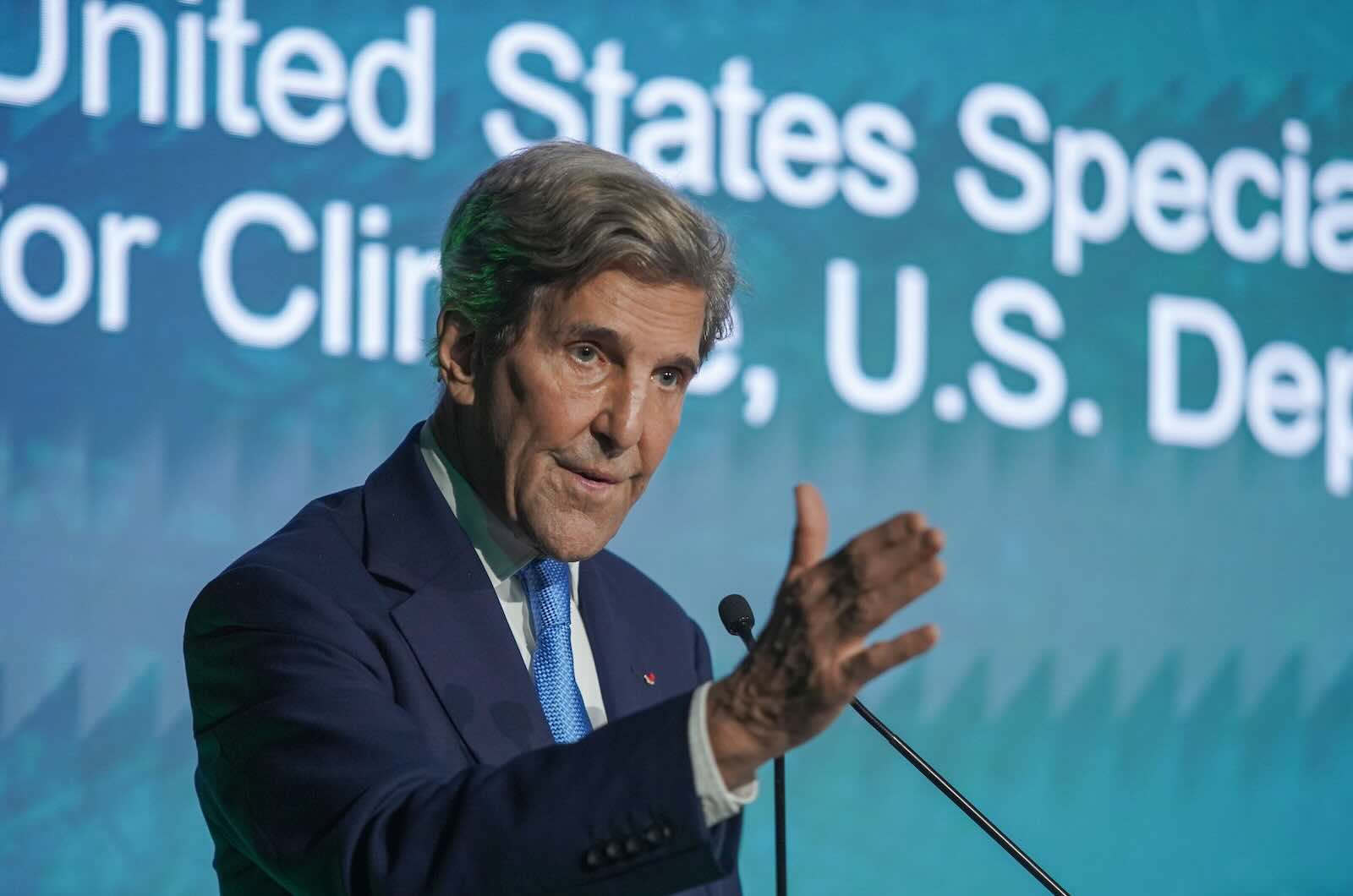Mobile phones leapfrogged landlines in many developing countries. Solar energy is in the process of leapfrogging the electric grid. India thinks shared electric vehicles could leapfrog both the internal combustion engine and car ownership itself. The government’s initiatives to encourage all-electric vehicles by 2030 and to promote consumer car-sharing over car ownership could reduce projected vehicle ownership to 77 million by 2030, saving India $60 billion in energy and keeping a billion metric tons of carbon emissions out of the atmosphere.
Without early intervention, the 29 million passenger vehicles on Indian roads in 2015 could swell to 170 million by 2030. That might be good news for automakers, but it’s disastrous for a country with 13 of the 20 most polluted cities in the world. Pollution is responsible for an estimated 1.1 million deaths in India each year.
Electric cars, for now, are more expensive than gas or diesel-powered vehicles, which deters individual consumers from buying them. To discourage the production and purchase fuel-powered cars, the government is considering a near-term “feebate” system — charging fees on less efficient models and rebates on more efficient ones. The rebates would help drive consumers that do plan to buy to electric models. Indian ride-hailing service Ola is reportedly developing plans to get into the electric car manufacturing business, with the help of Japan’s Softbank.
The government is also looking to replace gas-powered motorbikes, which represent more than 70% of new vehicle registrations, and three-wheeled autorickshaws, which collectively make 230 million passenger trips per day. For those, the government is looking into battery-swapping plans, where motorists can stop to replace dead batteries for fully-charged, rather than charging the vehicle at a charging station. Companies like Gogoro are developing smart scooters and swappable-battery plans. Ride-hailing companies like Ola and Uber are adding scooters and rickshaws to their platforms.
India is “in a more advantageous position than any other nation that we know of to leapfrog the internal-combustion-engine/private-vehicle-ownership model,” says Clay Stranger of Rocky Mountain Institute, which is working with the Indian government on transit transformation plans. “The prevalence of shared mobility is completely accepted, used, and normalized in India.”











